Polyester Material: Feature, Pros and Cons
When purchasing things, everyone wants them to be comfortable, not wrinkle, and retain an attractive appearance for a long time. Modern manufacturers are now equally using both natural and synthetic fabrics. The most common representative of the latter group today is Polyester. First of all, you should study what constitutes polyester, the pros and cons of the material, its properties. This is the only way to make a choice for or against.
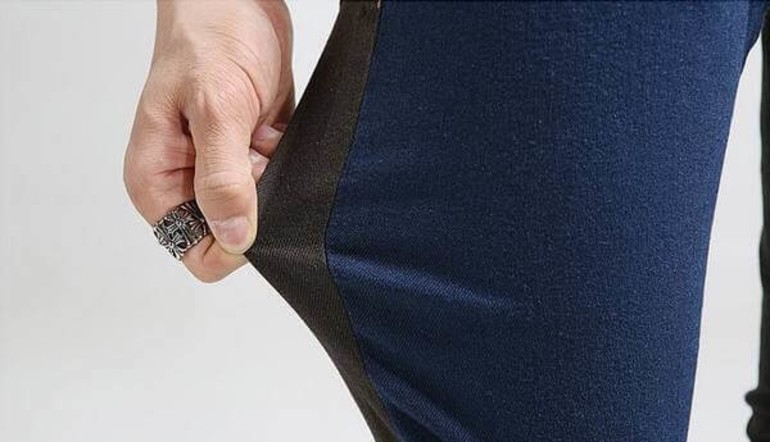
Characteristics and composition
The now popular Polyester material is a synthetic substance called polyester. It is produced by the sheet method for the further manufacture of pet bottles and fibers for weaving.
Plastic was first created in the late 30s of the twentieth century by specialists of the DuPont laboratory. Then scientists from England made a polyester fiber called terylene.
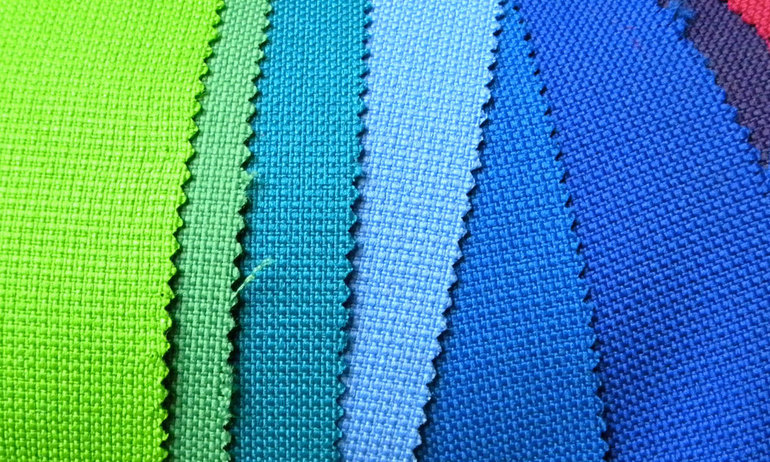
After some time, DuPont acquired the rights to manufacture polymers and began to produce a new type of polyester fiber. Soon, dacron fabrics became world-famous, they were considered very fashionable. However, the materials had their drawbacks: they produced a characteristic rustling when walking, did not let in air.
The synthetic material polyester is created by combining esters. As you know, polyesters are divided into several types - saturated (used for the manufacture of fabrics) and unsaturated (used for the manufacture of reinforced plastics).
To create polyester fibers, the plastic is first heated and then pushed through special dies. The threads are stretched to the required length, then yarn is made from them for the manufacture of fabrics.
The latter have an unnatural gloss, practically do not let air in, are unpleasant to the touch. That is why consumers are trying to refrain from buying synthetic things. However, the use of modern technology has helped to get rid of most of the shortcomings.
Advantages and disadvantages
The use of modern production technologies makes it possible to make synthetic fabrics from polyester, which are not inferior in quality to natural ones. Now the word Polyester on the label does not scare away customers.
It should be noted that today, baby bedding is sewn from this material. In appearance, the fabric is similar to thin wool, in quality it resembles satin and cotton. Main advantages:
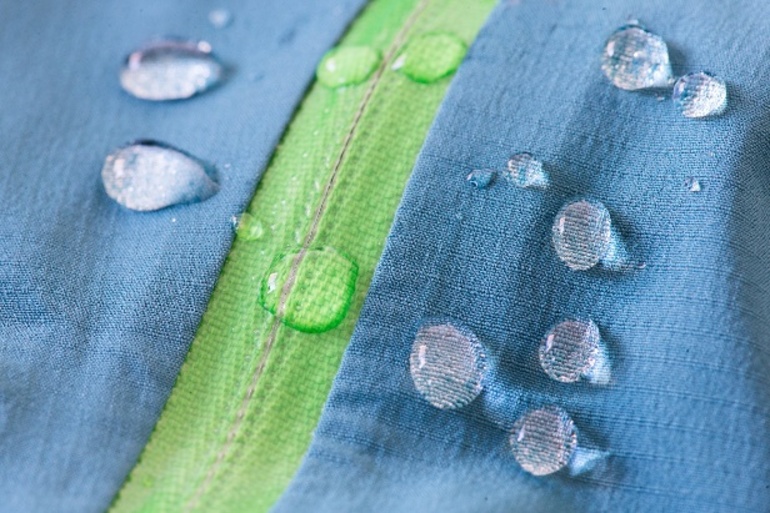
- polyester is resistant to various chemicals;
- the material is well washed and ironed, quickly dried;
- has water repellent properties;
- retains body heat, which is especially true in the cold season;
- polyester fabrics are durable;
- the material holds its shape, does not wrinkle, stretches well;
- resistant to the development of various microorganisms;
- does not get wet.
In view of these characteristics, manufacturers often use polyester for the manufacture of umbrellas, tulle, workwear, curtains, raincoats. In addition, textured threads are popular in the manufacture of fabrics for dresses and various outerwear.
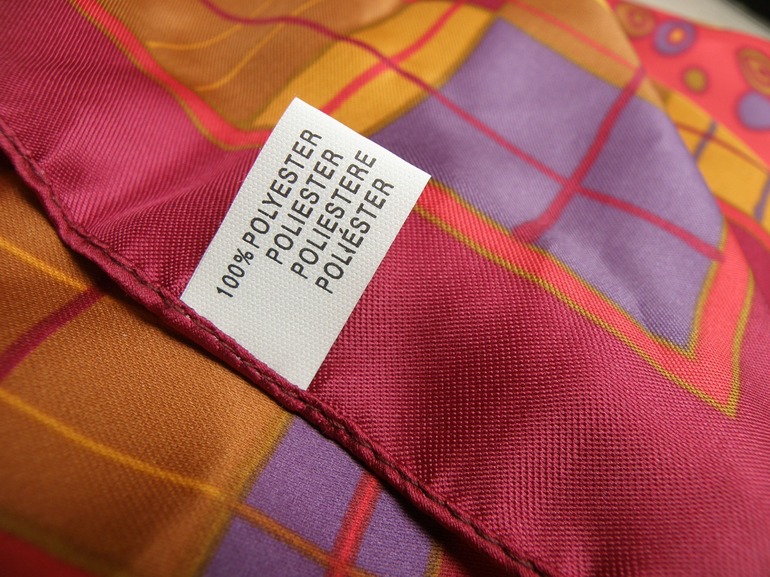
Polyester, like any other material, except for a number of undeniable advantages, has certain disadvantages. Among them:
- some types of tissue can cause allergic reactions;
- synthetic products are highly electrified;
- one hundred percent polyester practically does not let air in, not allowing the skin to "breathe", so such things are undesirable to wear in the summer;
- with prolonged use of such clothing, sweating processes may be impaired.
Experts advise consumers not to worry about the fact that the material is synthetic. When properly combined with other chemical elements or natural materials, polyester acquires excellent properties.
Fabric Features
To give the polyester a more natural look and create high-quality fabrics, it is combined with various substances. Often in the composition there are artificial, less often - natural materials. The following options are popular today:
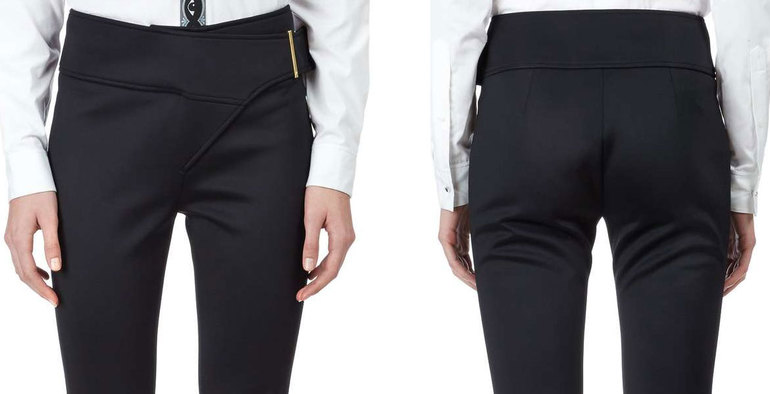
- The combination of polyester and elastane results in a wear-resistant, almost “eternal” fabric, which is commonly called “oil” in the clothing industry. This material is also used to make socks, gloves and other tight clothing. Similarly, make an atlas. The latter is obtained much stronger than natural. In addition, it has a wider palette of colors.
- The combination of viscose and polyester produces excellent fabrics for sewing T-shirts and sweaters. Such materials are pleasant to the touch, easy to wash, has a velvet surface, absorb well and dry quickly.
- When combining polyester with polyamide, elastic and wear-resistant materials are obtained, including nylon, organza, nylon, etc.
- When polyester is added to cotton, a material is obtained that looks like natural. It is well washed, is hygroscopic and resistant to fading.
Modern manufacturers have learned how to make different types of polyester fibers. The latter differ in structure and purpose. Some of them:
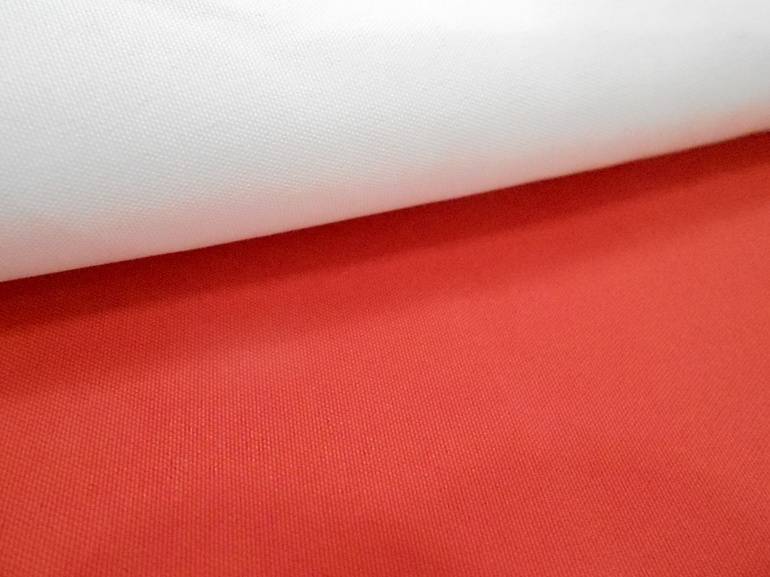
- Duspo is a polyurethane impregnated material.
- Prince is a beautiful fabric, has a silky surface, it is often used in the process of tailoring jackets.
- Taffeta is a substance resistant to chemicals, which is most often used in the manufacture of uniforms for rescuers and tourists.
- Jordan - characterized by high dirt and water repellent characteristics.
- Bonding. Things from this fabric protect from the cold, most often it is used in the manufacture of winter children's costumes and overalls.
- Trilobal - the material is distinguished by mother-of-pearl overflows, it is in demand when sewing women's clothing.
- File - a beautiful fabric made of cotton and polyester, characterized by quick drying and windproof. Often used for sewing teenage and youth jackets.
Modern technological developments allow you to create polyester fabrics for sewing bed linen. Bright representative is microfiber.
Area of use
Polyester today is widely used in the textile industry. From this material clothes, thermal underwear, covers for cars and furniture, bedding are sewn.
In addition, the combination of polyester fibers with other materials allows us to produce uniforms for athletes and lifeguards. The synthetic analogue is practically no different from cotton wool.
When polyester is combined with cotton, fabrics are obtained that are not inferior to natural ones in quality, they are hygroscopic, and have no drawbacks of cotton materials. In addition, popular heaters for jackets and overalls - synthetic winterizer and holofiber - are made from 100% fiber.
Due to the fact that polyester is durable, manufacturers use it in the manufacture of tow ropes, dressing belts and materials for packaging products.
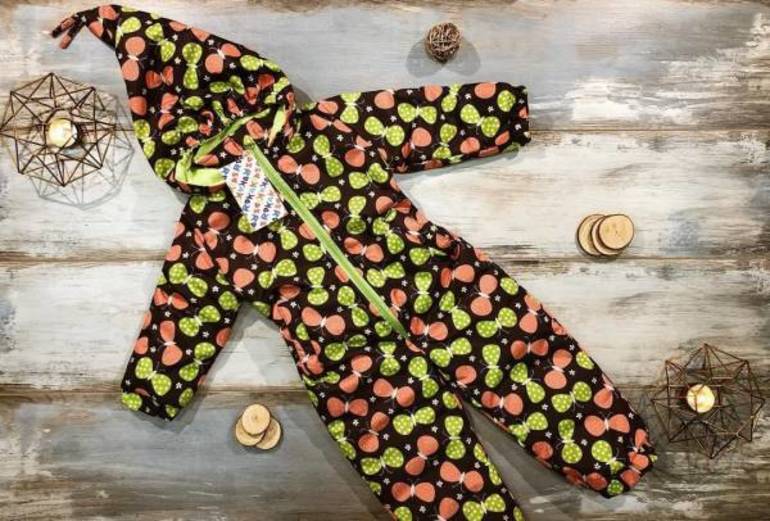
Product Care
It should be noted that polyester clothes are unpretentious in leaving. If you follow certain rules, the products will be happy to give owners for many years. Special notes are always indicated on the tags and in the instructions. However, there are several universal recommendations:
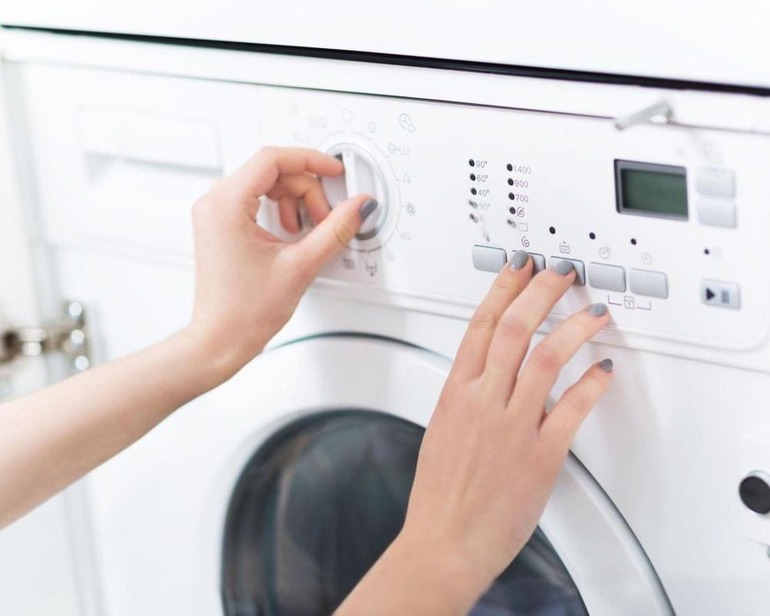
- It is necessary to observe the temperature regime. This is due to the fact that materials based on polyester fibers do not like high temperatures. The optimal washing mode is not higher than 40 degrees.
- It is not advisable to use a hot iron.
- Some products are best washed by hand. Manufacturers indicate this on tags.
- The use of bleaches is strictly prohibited.
- Machine wash involves setting a delicate setting.
- In the process of combating stains, acetone should not be used. The latter will certainly ruin the fabric.
- To reduce electrostaticity, it is recommended to add fabric softener when washing.
Today, in the fashion world, polyester-based materials are very in demand. The modern processing and combination of synthetic fibers with natural ones has allowed the polyester to add positive characteristics and new colors.
Often, looking at a thing, it is difficult to determine what fabric it is made of. Experts advise consumers to carefully look at the materials based on polyester and not be afraid to buy from it.
Consumer Reviews
Recently acquired an autumn coat made of polyester fiber. In addition to it, wool and polyamide were present in the composition. It seems to me that this is a very successful combination. The product is warm, very light, looks good. I also bought a sweater and spring shoes from this material for my son, the child was satisfied.
For several years now I have been buying trousers with the addition of polyester fiber. I really like how the product sits, emphasizing the figure and concealing its flaws. Such clothes for women with curvaceous forms are a real find. If, in addition to polyester, manufacturers add a little viscose, the thing will look great. I advise everyone.
I always preferred things from natural materials, I tried to avoid synthetics. However, having carefully studied all the properties of polyester in clothes, its pros and cons, I realized how much I was mistaken. New technologies allow manufacturers to create fabrics that are in no way inferior to natural ones in quality. Recently I bought a summer dress that looks like a cotton one. Later it turned out that it is with the addition of polyester fibers. I was very surprised that the product has such good quality, it practically does not crease, it is convenient and comfortable. I was pleased with the acquisition.
- How to choose a vacuum cleaner taking into account the characteristics of the house and coatings?
- What to look for when choosing a water delivery
- How to quickly create comfort at home - tips for housewives
- How to choose the perfect TV - useful tips
- What to look for when choosing blinds
- What should be running shoes?
- What useful things can you buy in a hardware store
- Iphone 11 pro max review
- Than iPhone is better than Android smartphones



